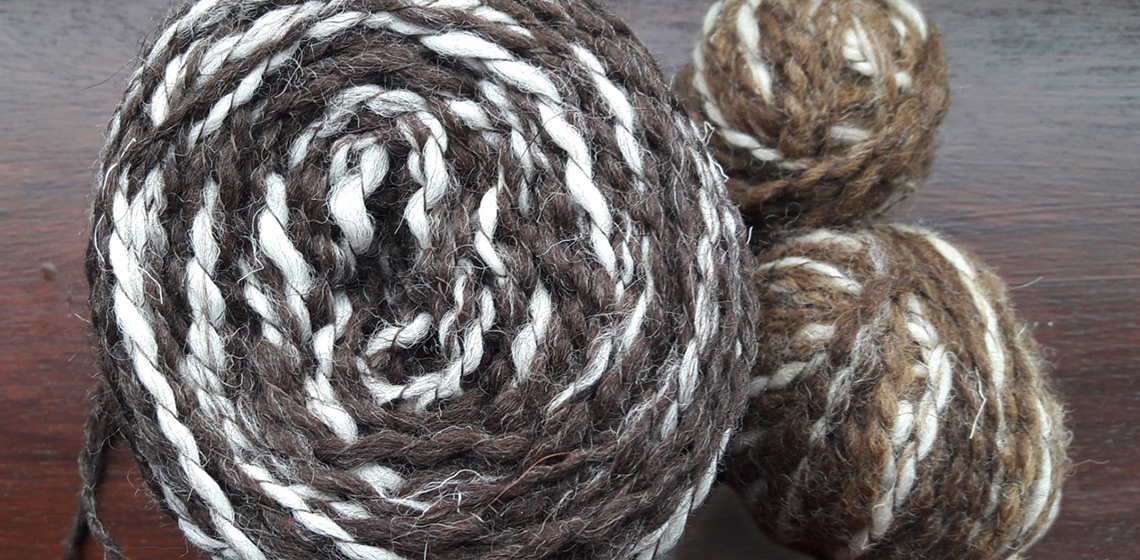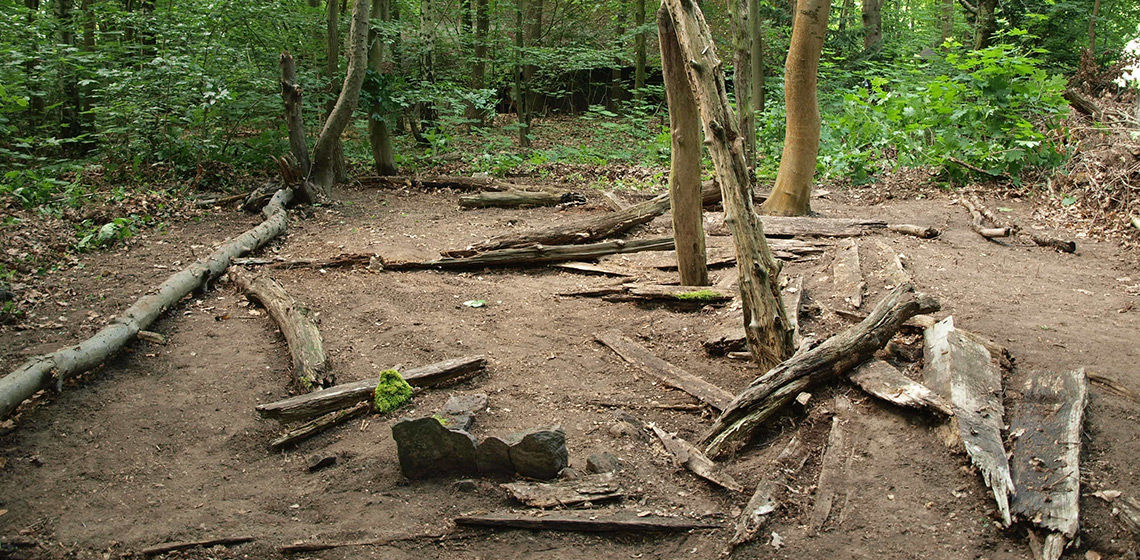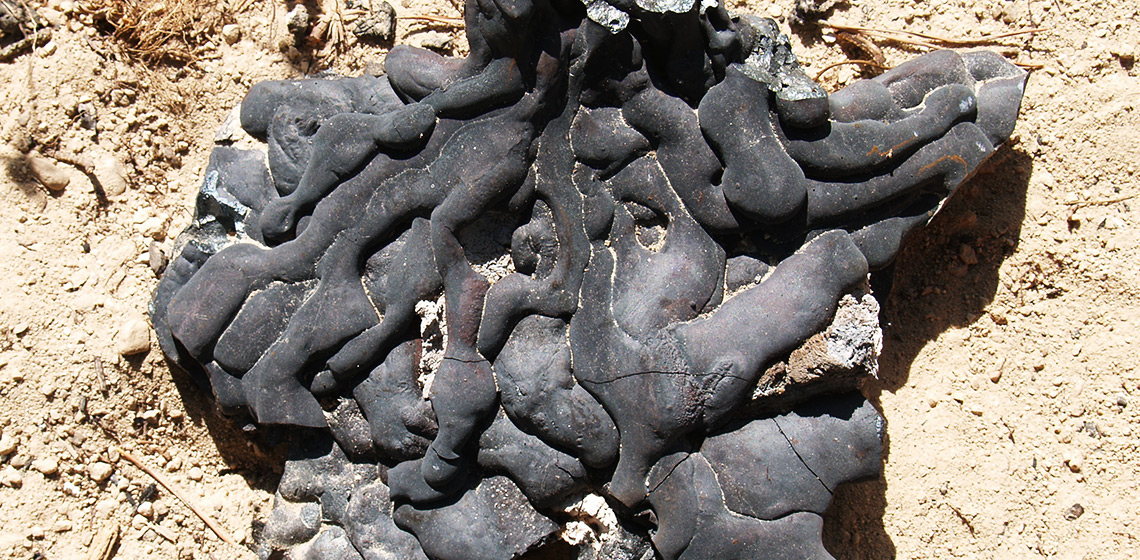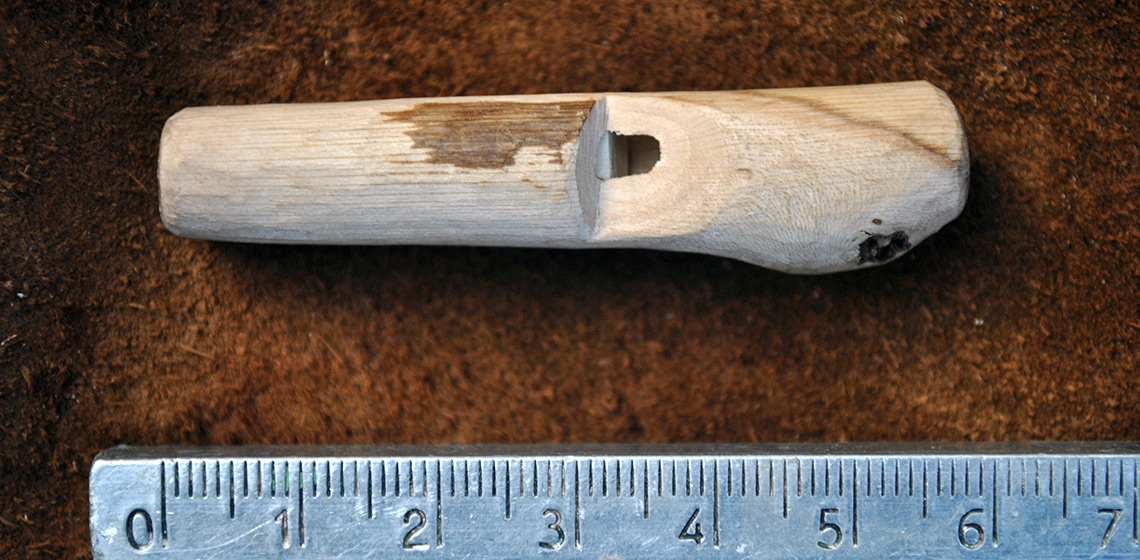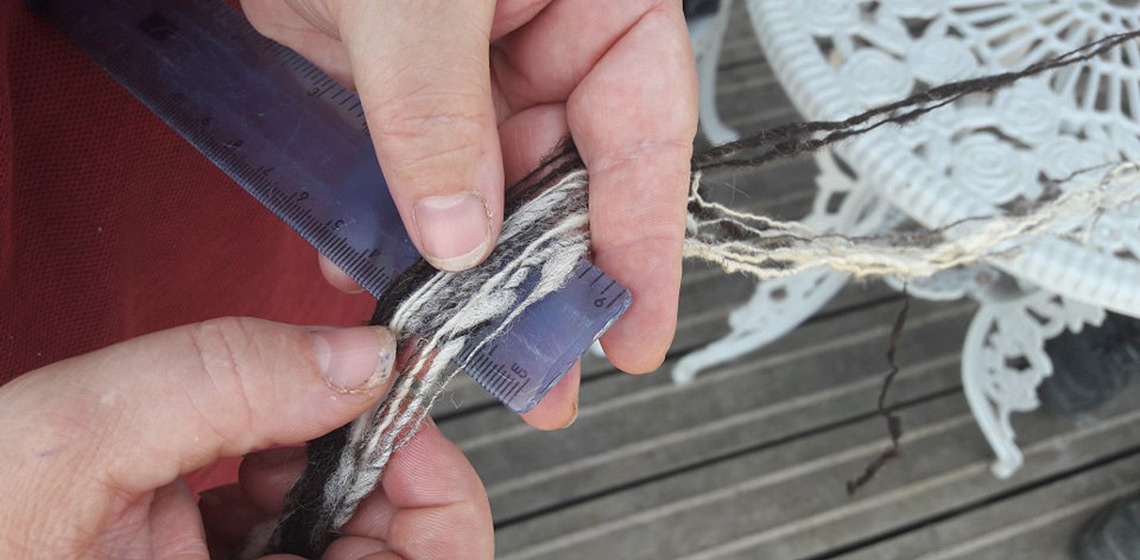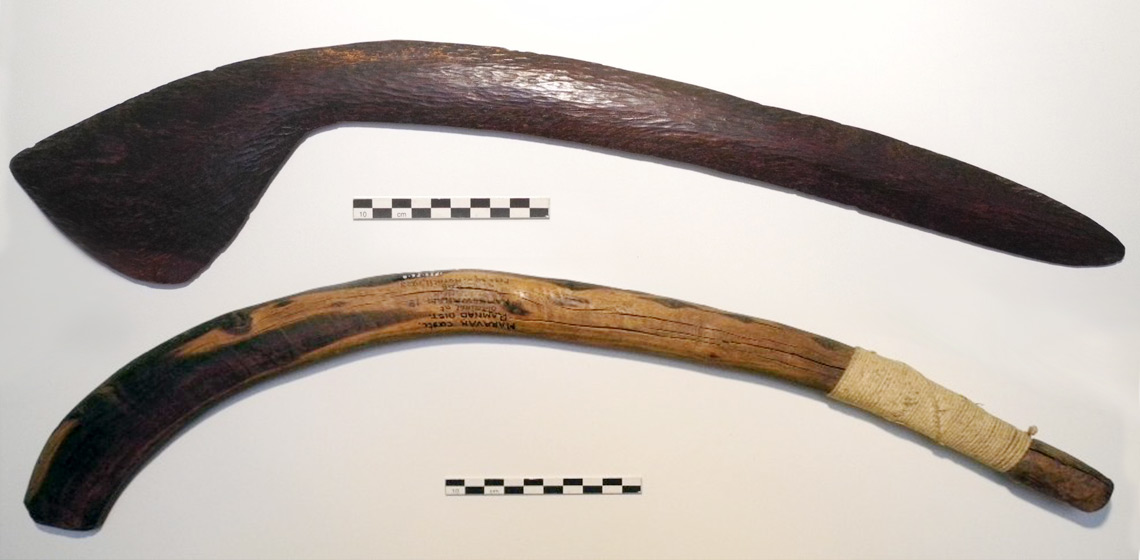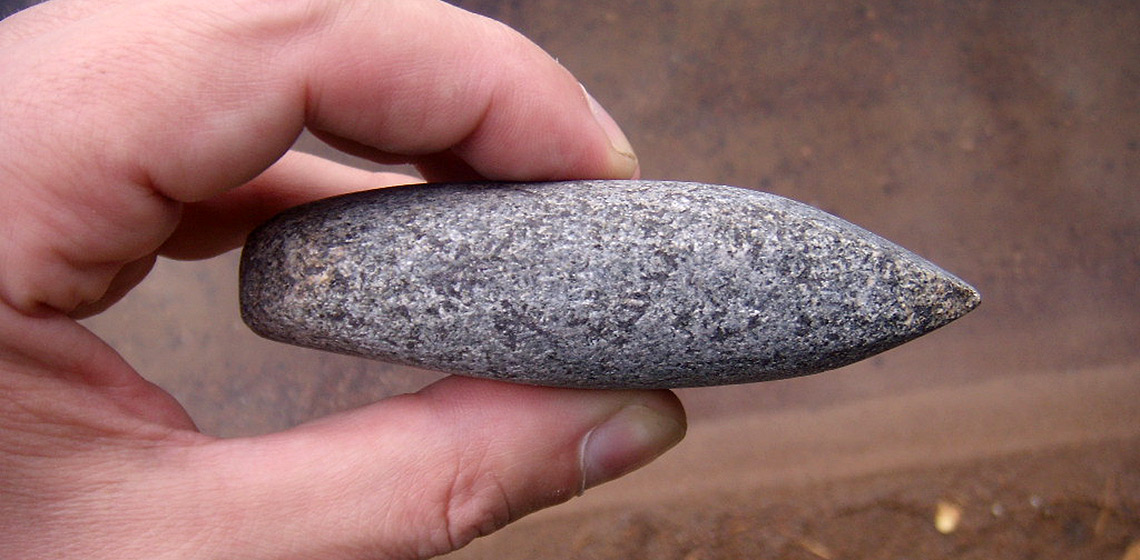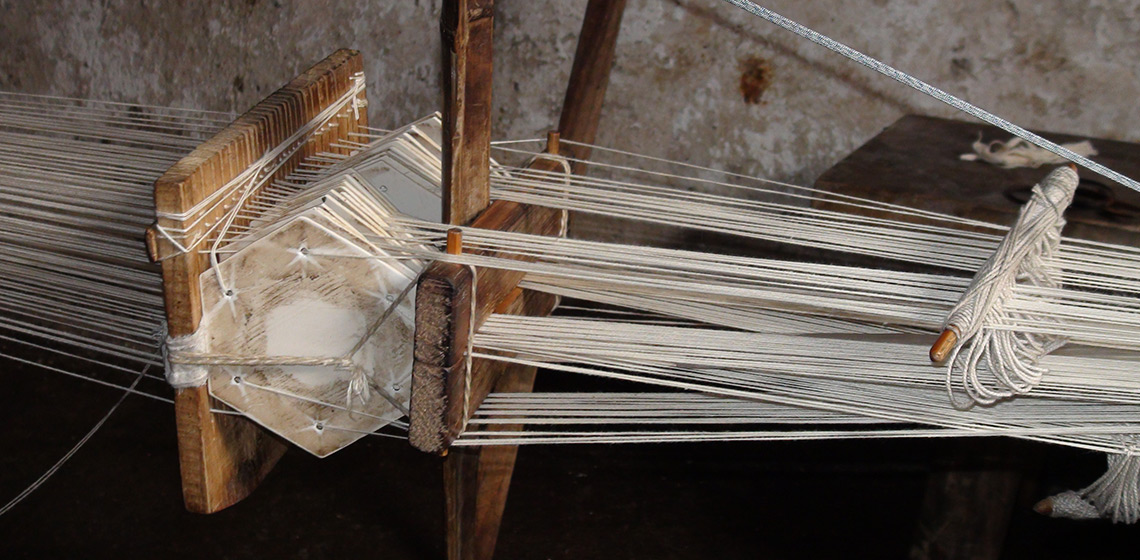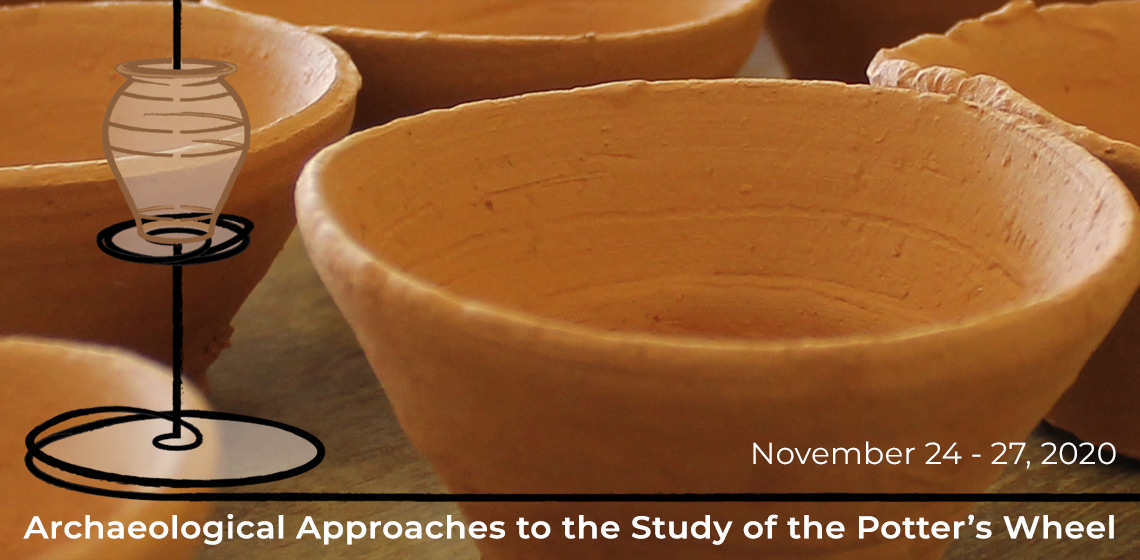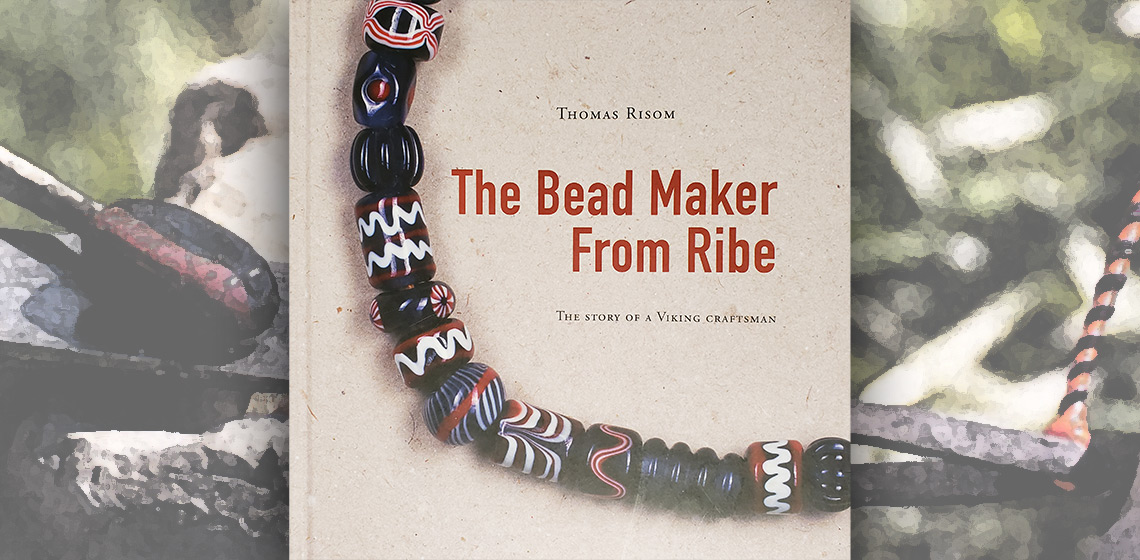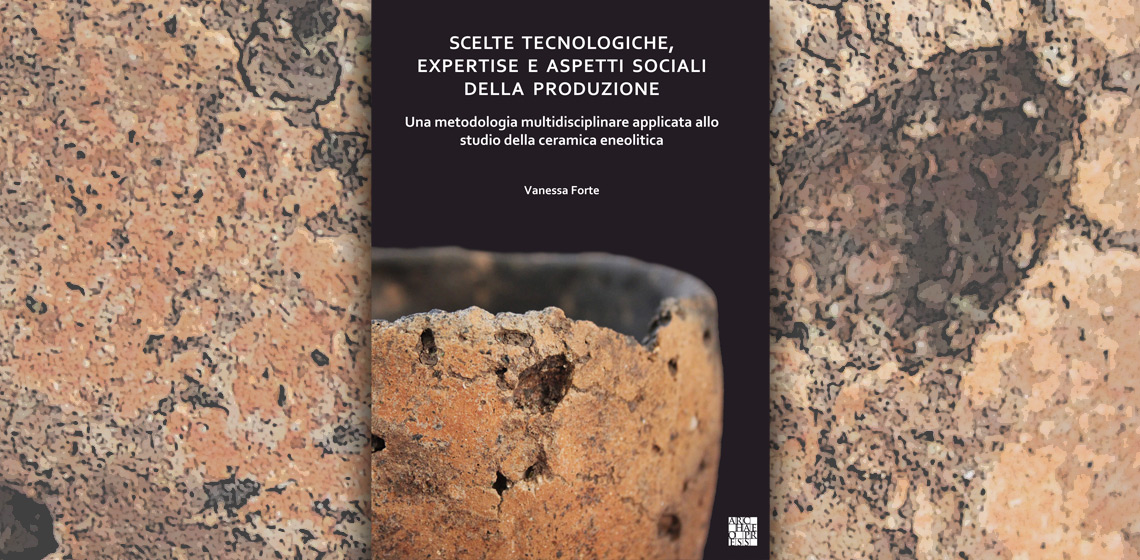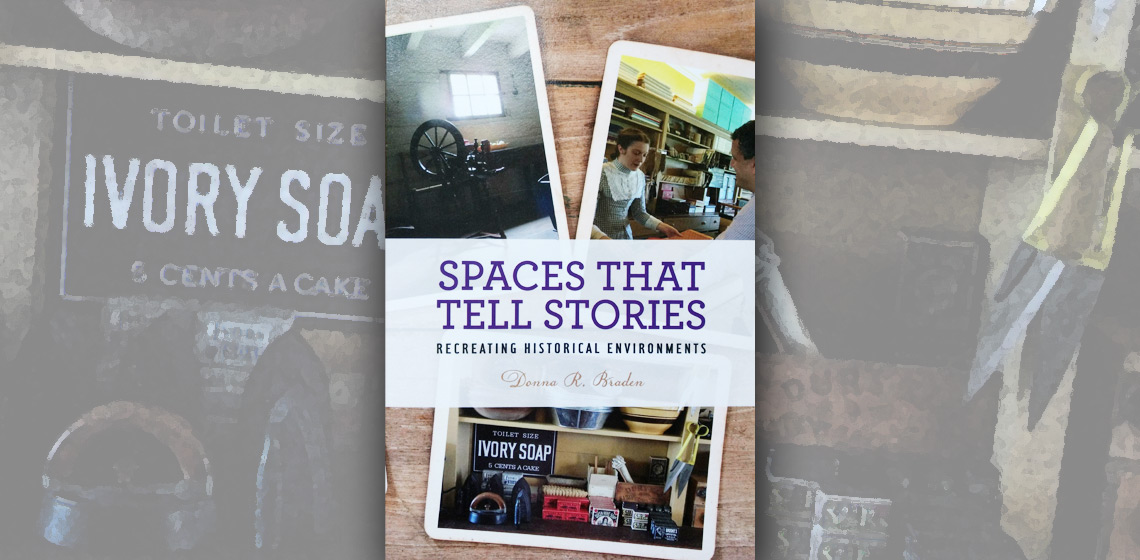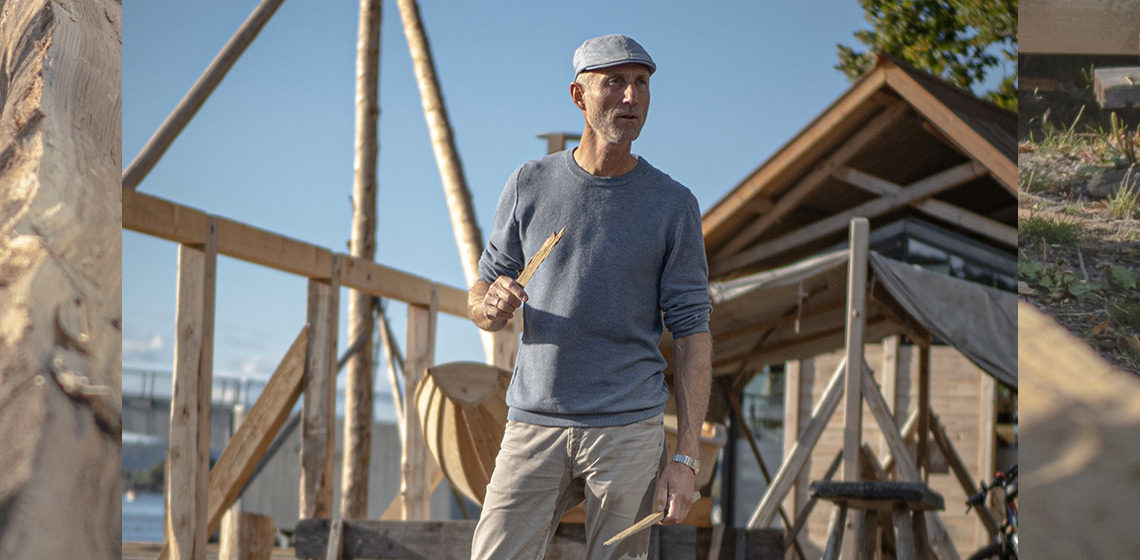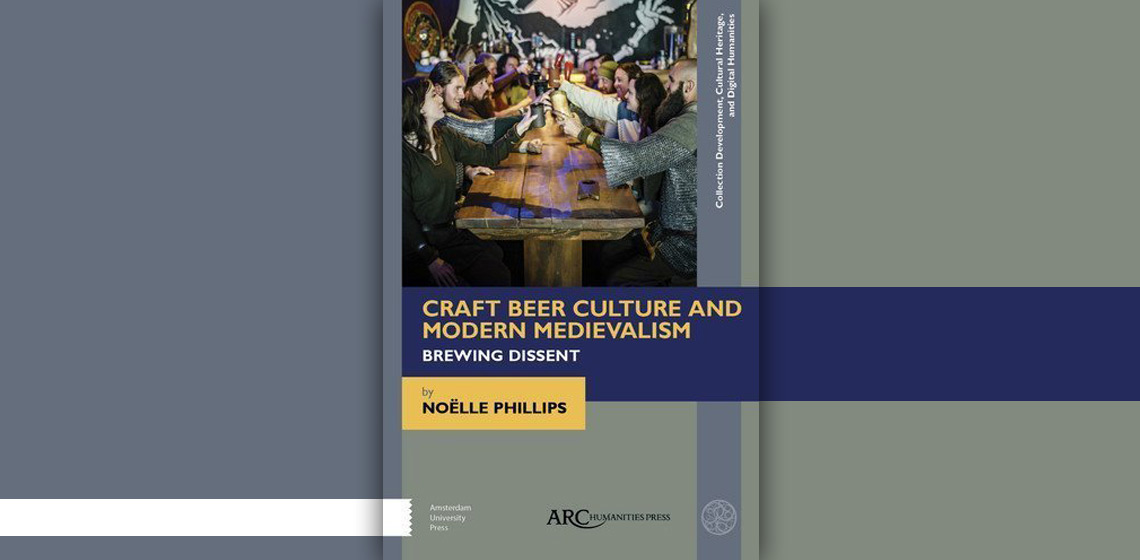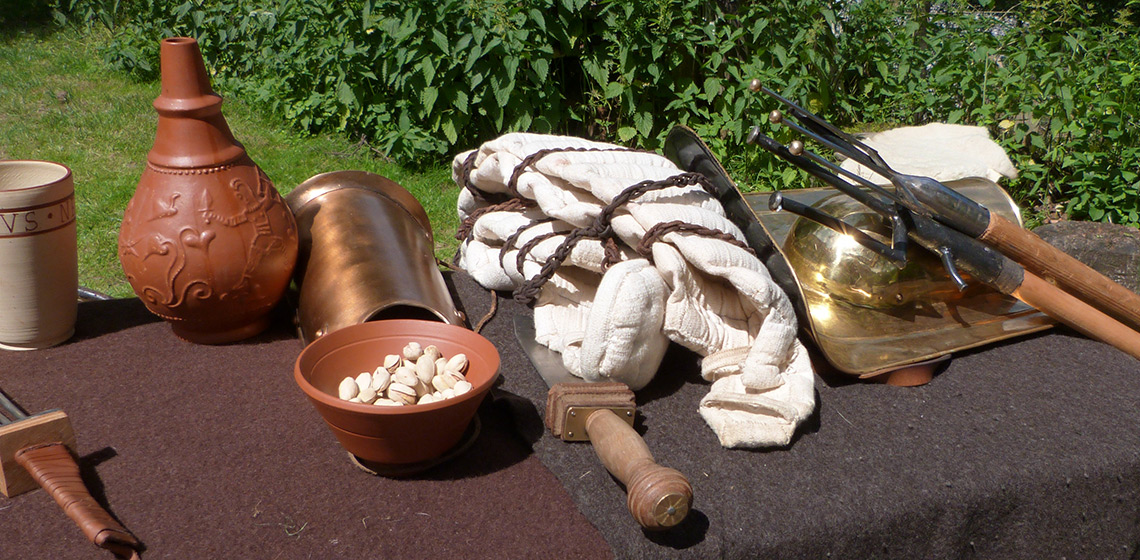EXARC Journal Issue 2021/1



19 Articles | DOAJ | Open Access
ISSN: 2212-8956
Publishing date: February 25, 2021
📄 EXARC Journal 2021/1 Table of Contents
Copyrights: EXARC, 2021
Summary
This first Journal of 2021 consists of 19 articles.
Subjects covered are Roman minting and Roman horse saddles but also discussions on documentation of houses in archaeological open-air museums as well as standardized reporting of experimental iron smelting. A different discussion is about the Concept of Authenticity in Collections of Open-Air Museums. From further afield are our articles from Russia (The Process of Making Schist Axes of Paja Ul Deˀŋ) and China (The Woven Belts of the Lao Han People, China). From Butser, we have articles on weaving and moving looms outside of their roundhouses. Is that feasible? Or useful? Another contribution from the UK is about an Iron Age whistle from Scotland and its reconstruction. You can hear what it sounds like. From York we present you an article on Stone Age fire making. And: can one cast French copper axes in sand? The final reviewed paper discusses ethnographic information on throwing sticks and boomerangs.
In our book reviews, we discuss beer brewing, making beads in Viking Age Ribe (Denmark), but also pottery from Italy and how to tell stories in an open-air museum. Finally, our conference reviews tell you about how experimental archaeology is thriving in Norway and the results of our Potter's Wheel conference.
Reviewed Articles
Experimental Roman Minting: Casting Silver-Copper Alloys into a Bronze Mould
***This paper provides the details of a Roman minting experiment, which used a bronze mould to cast debased silver blanks typical of the third century A.D. The investigation follows the paper ''Experiments reproducing Roman debased alloys" (George, 2020) which studied the manufacturing methods used...
Just how practical is it to Move a Warp-weighted Loom from between the Interior and Exterior of a Roundhouse?
Approaches to the Documentation of Houses in Open-Air Museums
Standardized Reporting of Experimental Iron Smelting - A modest (?) Proposal
Oakbank Dog Rose: A Working-model of an Iron Age Wooden Whistle from a Loch Tay Crannog
A Spark of Inspiration: Experimentally Testing Manganese Dioxide as a Fire Lighting Aide
Weaving Production in Butser Ancient Farm Roundhouses in the South of England
Traces of Manufacture, Use, Repair and Modification Observed on Ethnographic Throwing Sticks and Boomerangs
The Process of Making Schist Axes of Paja Ul Deˀŋ – “The People of Big Water”
Alternative Reconstruction of a First Century AD Roman Cavalry Saddle
Irish Copper Axe-Ingots Recovered in Brittany: Experimental Casting to Recreate Porous Material
A Shared Warp: The Woven Belts of the Lao Han People, China
The renowned weaver Peter Collingwood briefly mentioned such belts in his book The Techniques of Tablet Weaving (Collingwood, 1982, pp.219-220). Not long before he died in 2008, he contributed a couple of pages on these belts to the book Minority Textile Techniques: Costumes from South-West China (Collingwood, 2007, pp.28-29).



